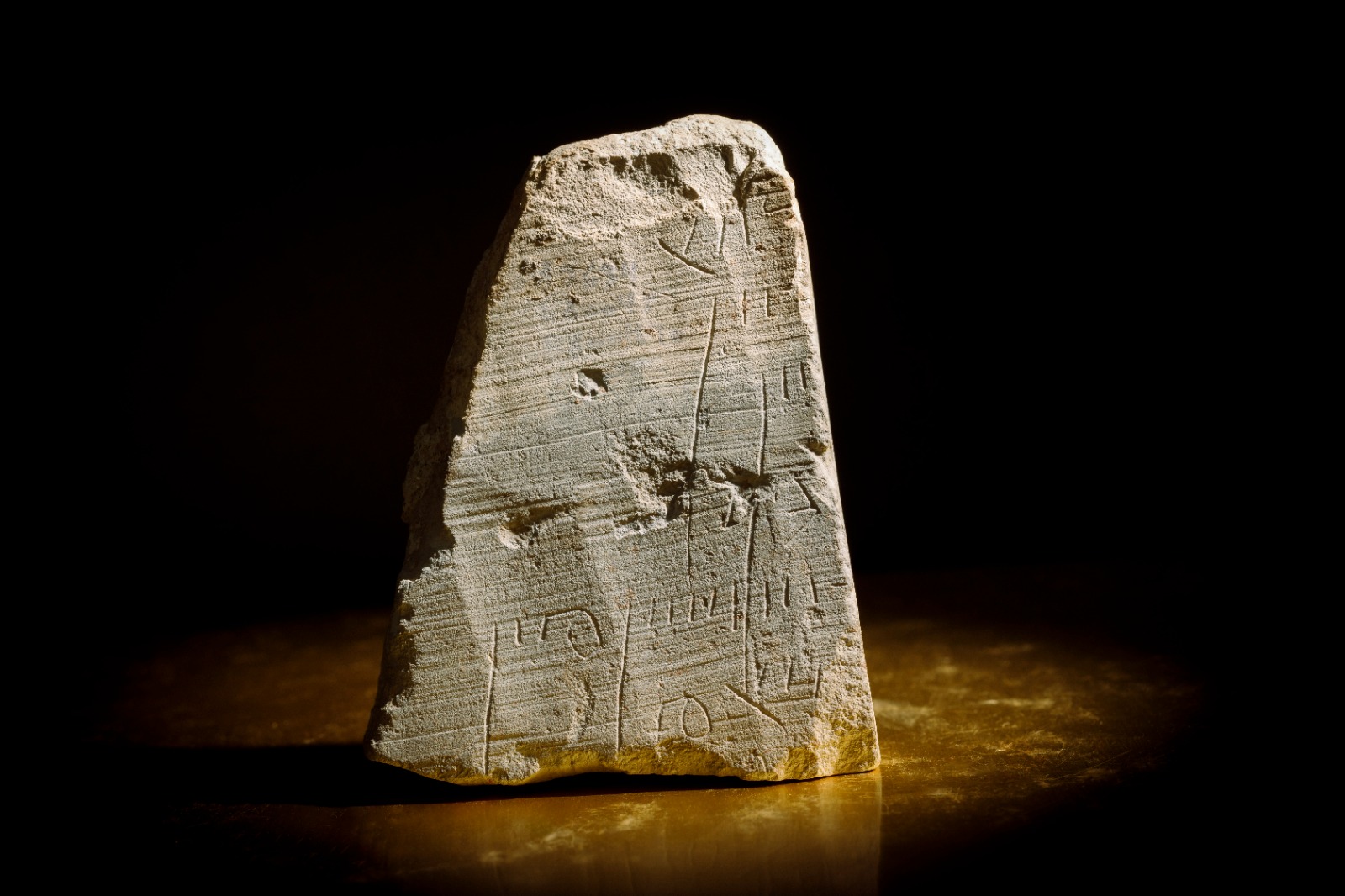
Archaeologists working on behalf of the Israel Antiquities Authority (IAA) have discovered a 2,000-year-old receipt carved into stone in Jerusalem, marking the first such inscription ever found within the boundaries of the holy city. The discovery was recently published in the IAA’s archaeological journal Atiqot, according to a statement posted on Facebook.
“The everyday life of the inhabitants of Jerusalem who resided here 2,000 years ago is expressed in this simple object,” researchers Nahshon Szanton and Esther Eshel wrote in their study of the find.
The inscription was carved using a sharp tool into a chalkstone slab that was originally used as an ossuary, or burial chest, commonly found in the region during the early days of the Roman Empire. Israeli officials said that the slab contains seven partially preserved lines of text likely refer to customers, including the name “Shimon,” with numbers indicating money paid or owed.
But the original beginning and end of the inscription, as well as its entire left margin, are missing, the researchers added. It is also not clear if the inscription is in the Aramaic or Hebrew languages, but a Jewish cursive script was used in a hand described as “non-professional,” according to the researchers.
Archaeological excavations at the pilgrimage road in Jerusalem. Photo: Kobi Harati, City of David Archives.
“At first glance, the list of names and numbers may not seem exciting,” the pair wrote, “but to think that, just like today, receipts were also used in the past for commercial purposes, and that such a receipt has reached us, is a rare and gratifying find that allows a glimpse into everyday life in the holy city of Jerusalem.”
The stone tablet the inscription is on was found in the tunnel of a previous site excavated in the 1800s by British archaeologists during salvage excavations in 2016, according to the study. “Recently, it was proposed to identify this area with the ‘square’ or ‘lower market’ of Jerusalem where it is very possible that various commercial activities took place,” the researchers said, adding that it’s possible the inscription was made by an ossuary craftsman, “who documented his sales: money paid or still owed by his clients.”